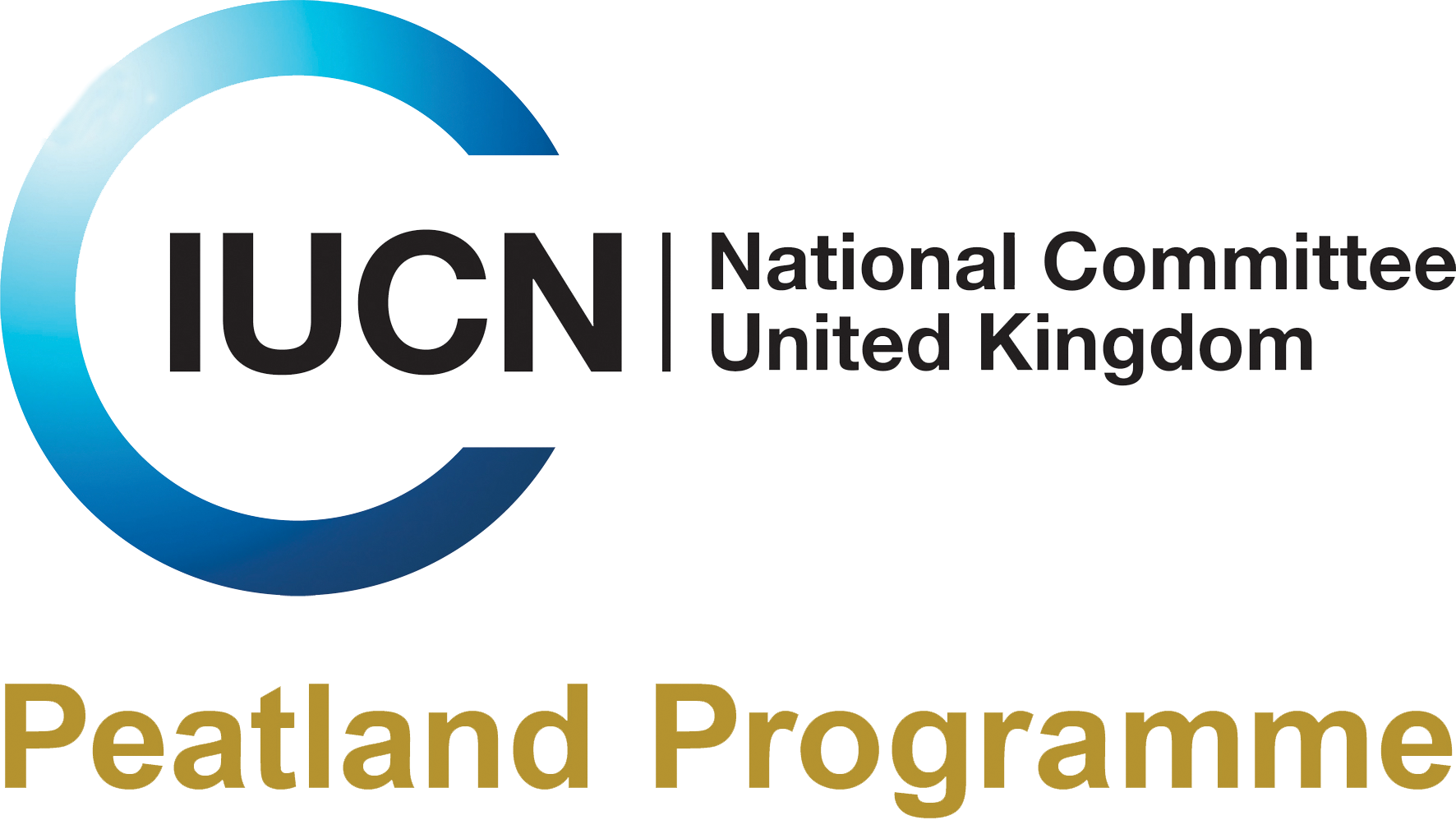Deadline Wednesday 6 December 2023
There is growing interest in the role of remotely sensed data, including optical, radar, aerial imagery and LiDAR, to detect changes in peatland condition and extent. The use of remotely sensed data may:
- enable mapping at scale (e.g. national inventories of peatland);
- increase (or at least maintain) accuracy and reduce costs in detecting changes in peatland condition (relevant to the Peatland Code and greenhouse gas accounting for peatlands in the UK’s GHG Inventory) through direct measurement or the measurement of proxies;
- have other policy applications, for example in targeting sites for restoration with public funds and identifying impacts of activities such as burning/drainage and monitoring the outcomes of publicly funded restoration schemes.
There is so much innovation in the field of remote sensing and its application to habitat assessment; this, coupled with limited understanding of the current capabilities by the wider peatland community, make it challenging to utilise remote sensing technologies in peatland policy and practice. In addition, there are companies willing to provide remote sensing data but these require coordinated effort to help ground truth the data sets.
As part of our work, the Peatland Programme is preparing a briefing on remote sensing and its application for peatlands. This will explore the peatland community’s interest in remote sensing, key data needs and the applicability of remote sensing. The brief will also offer advice on considerations to be made when assessing a remote sensing approach and recommendations for future research.
To assist us in gathering information for the briefing we have produced a questionnaire to be completed by peatland stakeholders including policy makers, practitioners and scientists, as well as companies providing remote sensing technology and data. If you have experience of remote sensing of peatlands, please complete the questionnaire below and return to info@iucn.org.uk.
